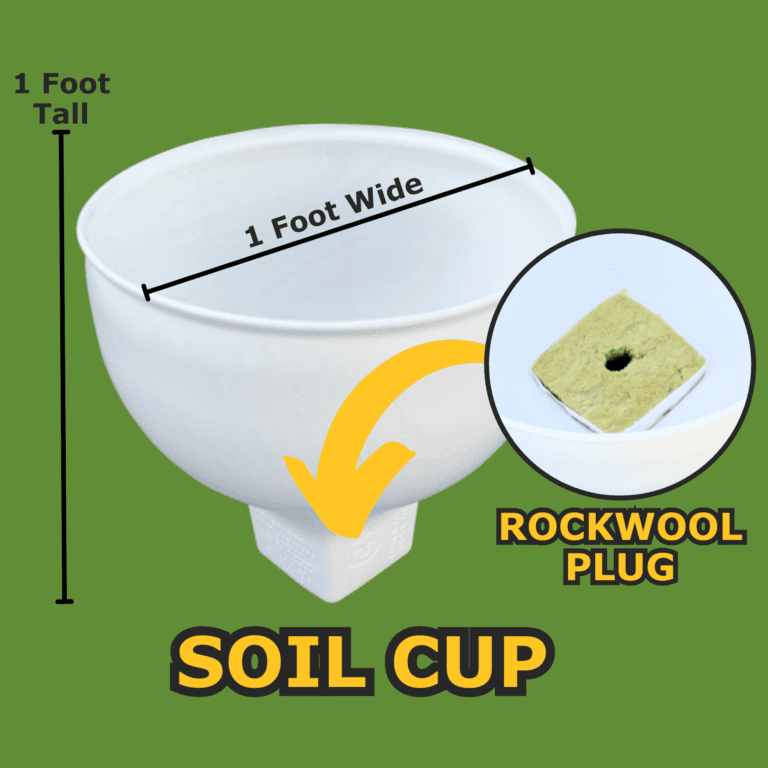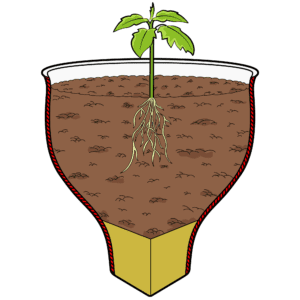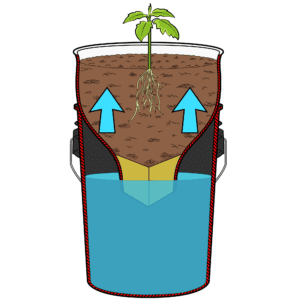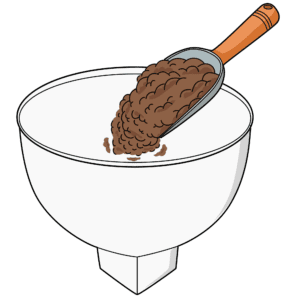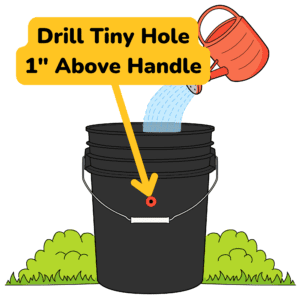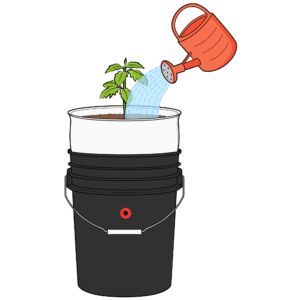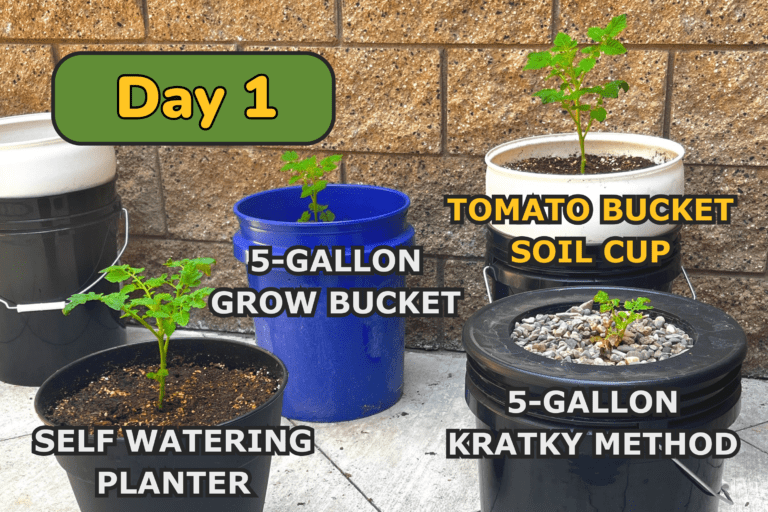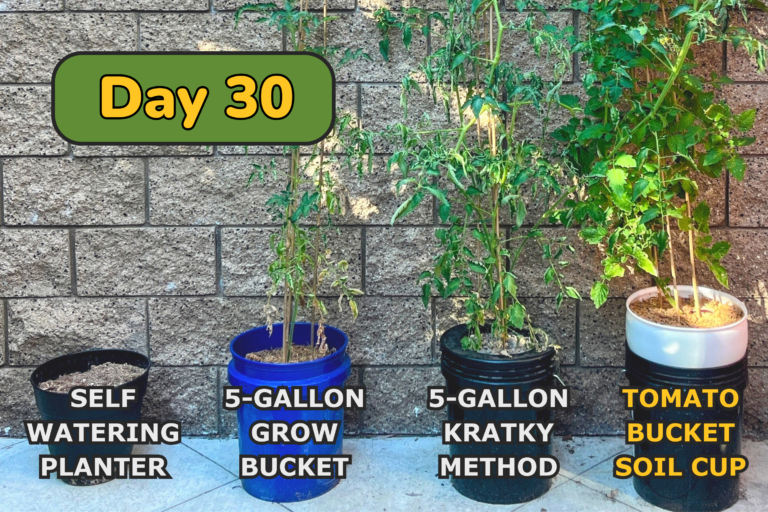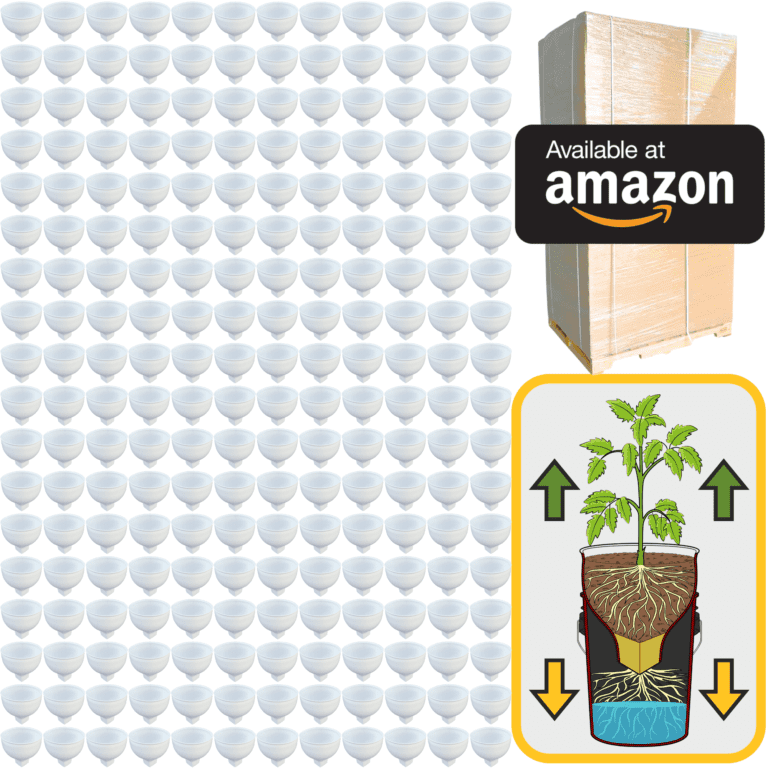Creating the perfect environment for cannabis is like crafting a cozy, welcoming space for a dear friend. If you get the surroundings right, the plant will naturally grow into its best self. It’s not about forcing anything; it’s about understanding what cannabis needs to thrive. Every small detail—light, temperature, humidity, and even CO2 levels—contributes to the plant’s health and happiness. Let’s go through each of these elements and see how you can set up a space that helps your plants reach their full potential, one stage at a time.
Light is the lifeblood of cannabis. The plant takes in light and turns it into energy through photosynthesis, fueling everything from leaf growth to bud production. Outdoors, cannabis soaks up the sun for long hours in the summer and shorter hours in the fall. Indoors, you’re in charge of mimicking that natural light cycle. During the vegetative stage, when the plant is all about growing leaves, stems, and roots, it needs about 18 hours of light each day and 6 hours of darkness. This extended “day” period signals to the plant that it’s in a growth phase, encouraging it to expand and build a strong foundation. For beginners, full-spectrum LED lights work well because they provide a broad range of wavelengths that meet the plant’s needs. These lights also generate less heat than other types, which can make it easier to control the environment.
When the time comes for the plant to enter the flowering stage, the light cycle changes. By shifting to 12 hours of light and 12 hours of darkness, you’re recreating the natural approach of shorter fall days. This change tells the plant it’s time to start producing flowers, or buds. In this phase, strong light is essential for good bud development. High-pressure sodium (HPS) lights, which emit a warm, reddish light, are often preferred for flowering because they encourage bud growth and density. LEDs also work well for flowering, especially if they allow you to adjust the spectrum to lean toward red. Whatever you choose, keep the light cycle consistent. Plants rely on this cycle like clockwork; even a brief interruption to their “night” can disrupt their flowering process, so treat it like a natural rhythm you don’t want to break.
Temperature plays a big role in how happy and healthy your plants are. Cannabis likes warm but stable conditions. During the vegetative stage, temperatures around 70°F to 85°F (21°C to 29°C) are ideal, as they encourage lush growth. But if temperatures climb too high, the plant can become stressed, slowing down its growth and making it more susceptible to issues like pests or diseases. As the plant moves into the flowering phase, cooler temperatures—around 65°F to 80°F (18°C to 26°C)—are better. This gentle drop in temperature helps the plant produce tighter, denser buds and can even bring out beautiful colors and richer aromas in some strains. Stable temperatures give the plant a comfortable “home base,” so avoid sudden swings that might shock the plant.
Humidity is another factor that needs careful attention, and it changes with the plant’s growth stages. Young plants, in their vegetative phase, thrive with higher humidity—between 60-70%. At this stage, the plant is still building its root system, so higher humidity allows it to absorb moisture from the air, reducing the stress on its roots. As the plant enters the flowering stage, lower humidity levels of about 40-50% become essential. This decrease helps prevent mold and mildew, which can harm the buds. Additionally, when humidity is lower, the plant works a bit harder to absorb water through its roots, which can stimulate more resin production. Adjusting humidity as the plant grows is one of the simplest and most effective ways to support healthy development and keep problems at bay.
CO2, or carbon dioxide, is an often-overlooked element but can make a real difference in how well your plants grow. Just as we breathe in oxygen, cannabis “breathes” in CO2 and uses it, along with light, to produce energy through photosynthesis. If you’re growing in a well-lit indoor space, adding extra CO2 can increase the plant’s growth rate and yield. When CO2 levels are elevated—around 1,000 to 1,400 parts per million (ppm)—the plant can absorb more light and convert it into energy. This is especially helpful during the flowering phase, when the plant needs all the energy it can get to produce large, resin-rich buds. However, CO2 enrichment is only effective when other factors, like light and temperature, are balanced; otherwise, the plant won’t fully benefit. And it’s important to approach CO2 with caution, as too much can be harmful to both plants and people in enclosed spaces. For beginners, focusing on light, temperature, and humidity is often plenty to start with, and you can consider adding CO2 down the line as you gain experience.
Each phase of growth calls for its own version of this ideal environment. Seedlings, for instance, need soft light, warm temperatures, and high humidity to encourage root growth. During the vegetative stage, the plant thrives with bright light, moderate warmth, and slightly higher humidity. This is when it’s growing bigger and stronger, laying the groundwork for the flowering stage. By the time the plant reaches flowering, cooler temperatures, lower humidity, and a consistent light cycle are essential to produce dense, potent buds. At each stage, you’re tuning the environment to help the plant do what it’s naturally meant to do.
As you spend time with your plants, you’ll start noticing how they respond to these environmental factors. Leaves might droop if the temperature is too high or perk up when they’re getting the right amount of light. Humidity issues can show up as curling leaves, and too much moisture during flowering can lead to mold on the buds. Observing your plants closely and responding to their signals is one of the most satisfying parts of growing cannabis. It’s a way of communicating with the plant, learning its language, and adjusting based on its needs.
Setting up the right environment is more than just following steps; it’s about creating a space where the plant feels at home. Every detail, from light to temperature to humidity, works together to bring out the plant’s full potential. Over time, you’ll develop a feel for how each factor interacts with the others, and that understanding will make you a better grower. It’s a journey that teaches you patience, observation, and the art of nurturing life. Growing cannabis becomes not only about the harvest but about the relationship you build with the plant along the way. The care and knowledge you put into each step will come back to you in the form of healthy, vibrant plants, a sense of accomplishment, and the simple joy of watching nature at its best.

